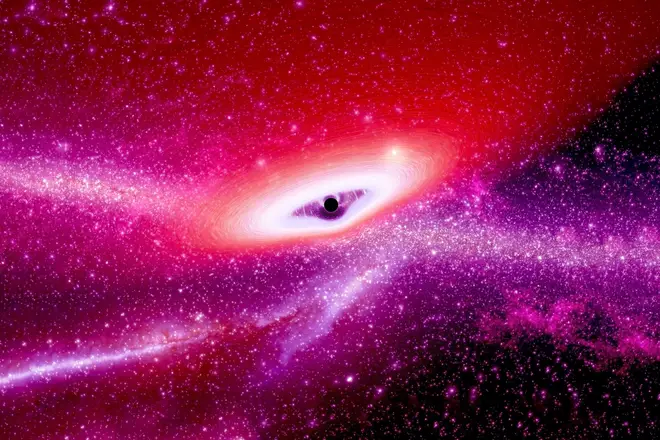On Air Now
Classic FM Breakfast with Tim Lihoreau 7am - 9am
19 May 2022, 15:42 | Updated: 25 May 2022, 14:06

New data from NASA means we can now hear the music that comes from within a black hole…
“Since 2003, the black hole at the centre of the Perseus galaxy cluster has been associated with sound,” NASA opens the description to its video, released for NASA’s Black Hole Week earlier this month.
Nearly 20 years ago, astronomers found that pressure waves emitted by the black hole caused ripples that could be translated into a note – but one that wasn’t audible to the human ear, being some 57 octaves below middle C.
Now a new sonification, meaning the translation of astronomical data into sound, has revealed more notes from the black hole. Hear it in the video below.
Read more: What actually happens when you play a musical instrument in space?

Data sonification reveals sound of the black hole at the centre of the Perseus Galaxy cluster
The soundwaves were discovered in data recorded by the Chandra X-ray observatory at NASA, who said they adapted the soundwaves into human hearing range by transposing them up 57 and 58 octaves above their true pitch.
“Another way to put this is that they are being heard 144 quadrillion and 288 quadrillion times higher than their original frequency. (A quadrillion is 1,000,000,000,000,000.) The radar-like scan around the image allows you to hear waves emitted in different directions.”
Read more: How high can you hear? Take our hearing test
NASA said it was a “popular misconception that there is no sound in space”, which originates from the fact that space is a vacuum, and there is no medium in space for soundwaves to move through.
“A galaxy cluster, on the other hand, has copious amounts of gas that envelop the hundreds or even thousands of galaxies within it, providing a medium for the sound waves to travel,” the agency explained.
In previous efforts to make the black hole’s sound hearable to humans, NASA had translated astronomical data into auditory form and had it replayed on musical instruments, including violins and pianos.
But this time, actual soundwaves were used, producing the eerie sounds which have since been compared by listeners to “background music of a scariest horror movie”, the sound of “existential dread”, and even a Hans Zimmer score.